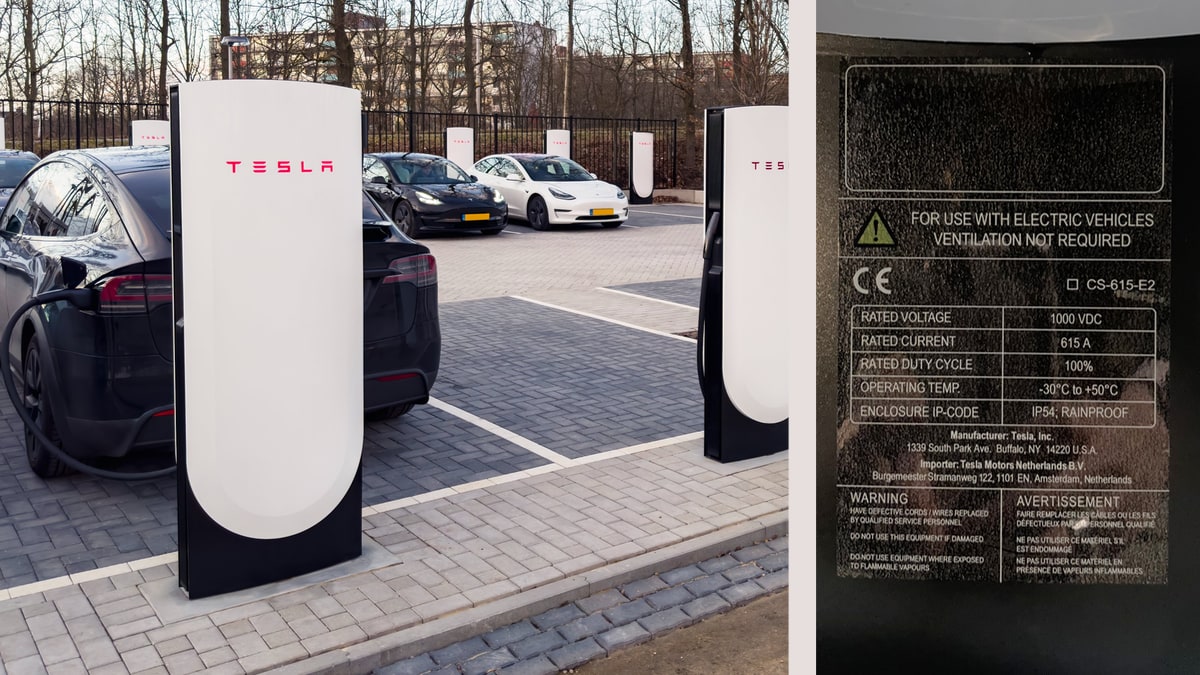Tesla’s V4 supercharger in Netherlands opened in March. Has longer cable and max power output of 600kw. Also the Tesla letters lights up to make it more visible. So I understand all the Kia EV 6 can now charge from 10-80 in 11 mts, impressive!

 www.notateslaapp.com
www.notateslaapp.com

Tesla V4 Superchargers: Power, Design and Cable Length Revealed
The Tesla Supercharger V4, a significant upgrade in charging infrastructure, offers increased power output and an extended cable design, paving the way for futu



/cdn.vox-cdn.com/uploads/chorus_asset/file/24595383/IMG20230418153129.jpg)